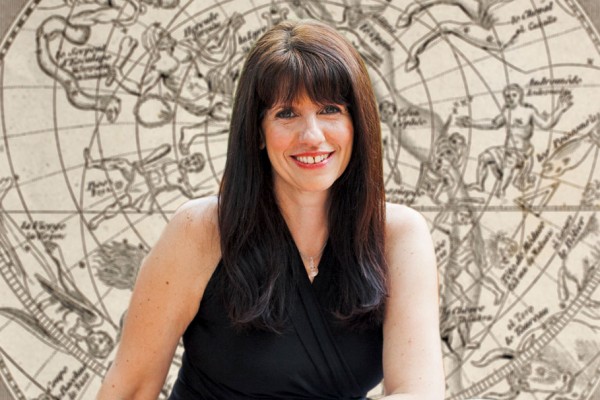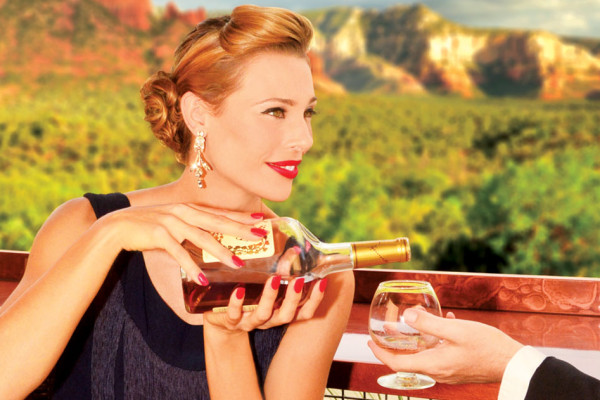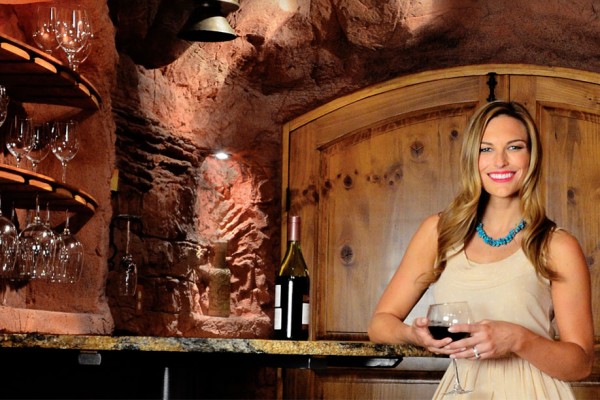Continued (page 6 of 6)
You all three left Sedona at the same time?
Yes, and we left because of him. He needed us to be closer, but he really loved it here.
Did he ever express any regrets about leaving?
Yes, because he hated Las Vegas. We all did. He said he wished there was a way we could have stayed. Leaving was purely logistical.
Did he ever return to visit?
Never. My father didn’t vacation – it didn’t exist in his life. Vacation was coming home. At one point we talked about flying here, but the airport was much smaller. You couldn’t get a jet in. He didn’t want to be crammed into a tiny plane – he had a bad back. He said it was the same as driving. There was nothing to do. And I got tired of driving him back and forth. But he loved the drive [from Phoenix]. He loved Bloody Basin Road. He thought it was the most wonderful name. It’s so Southwest. Every time we passed it, he had to say something about [deep male voice] Bloody Basin Road [laughs].
Did you have any involvement in his film projects?
No. I never worked on anything. I was always just with him.
You didn’t appear in any other films?
No.
But you modeled.
I modeled. I did it out of necessity. I had been show jumping – I was short listed for the Olympic games – and then I busted my knee. My whole life stopped. I had four horses. Nobody bought me the horses. I went out and dealt and got the horse and worked on them and made them into jumpers. That was the fun part, more than the competing. They were all ex-racehorses. You could do that in England. Then my whole life stopped. I had been modeling now and again, so I decided to do it. I was so depressed – my life was the horses. So I did a lot of runway work, which was what I enjoyed the most. Unfortunately, I also wanted to make money. In those days, supermodels didn’t exist. I only worked for Vogue, and they paid a flat rate of 25 pounds a day. It didn’t matter how many hours you worked. I didn’t really like it. I wanted to do catalogue work because you would get paid, but you had to be shorter. The clothes were made for shorter people in the early- and mid-’70s. I was almost six feet – nothing fit me. But I did the Milan and Paris shows. It was fun. Angelica Houston was modeling at the time – she was a friend. There wasn’t the snobbism there is now. I think it’s unbearable now.
What did your father think of the modeling?
He was fine with it.
Did he encourage you to be creative?
No. He was the worst father in that sense. He was the most wonderful father in teaching me about the world. I knew things that no one else knew about because he had read about it. He was always interested in learning, and he would talk about what he learned. But he was never the father that guided you. I got no schooling and no guidance. I didn’t know what to do, so modeling seemed right.
Learn about Red Rock Country’s movie past in Arizona’s Little Hollywood: Sedona and Northern Arizona’s Forgotten Film History 1923-1973.
MORE ABOUT BEATRICE WELLES: The Beatrice Welles Collection, artists’ homes
MORE SEDONA MONTHLY INTERVIEWS: Susan Sarandon, Tony Curtis, Joan Collins, Martin Sheen, Emilio Estevez, Lea Thompson, Don Black, Frances Fisher, Gary Sinise, Rita Rudner, Michael Moore, Tim Daly, Maynard James Keenan, Richard Schiff, Connie Stevens, Don Hahn, Ed Harris, Marla Sokoloff, Bill Plympton, Jane Seymour, Robert Osborne, Robert Shields
MORE SEDONA MOVIE HISTORY: Johnny Depp in Dead Man, the last western film set, the making of Johnny Guitar, the return of actors Clint Walker, Edd “Kookie” Byrnes, Robert Horton, and Morgan Woodward, Sedona movie locations today, Oscar winner shooting spot, Sedona’s film legacy



